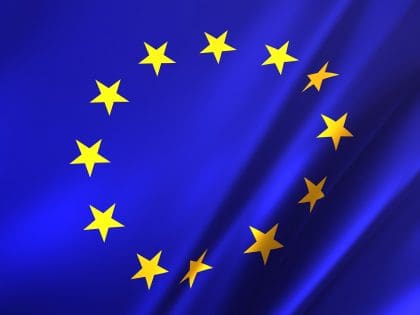
Our Projects are
Transforming African Trade
Quick Contacts
2nd Floor, Fidelity Insurance Centre Waiyaki Way, Westlands

The EU-Kenya Economic Partnership Agreement (EPA) entered into force on 1 July 2024, representing a key milestone in the EU-Kenya Strategic Partnership.
The agreement will boost bilateral trade in goods, increase investment flows, strengthen the ties between reliable partners, and facilitate mutually advantageous economic relations in a sustainable manner, stimulating job creation and economic growth.
The EU-Kenya EPA is the most ambitious deal negotiated with an African country in terms of sustainability, and can serve as a template for other sustainable trade agreements. These commitments include binding provisions on labour issues, gender equality, environment and the fight against climate change.
Kenya is East Africa’s main economic hub – and EU-Kenya trade relations have substantial growth potential. The agreement will unlock new economic opportunities, as the EU is Kenya’s first export destination and second largest trading partner. Total trade between the EU and Kenya reached €3 billion in 2023 – an increase of 16% compared to 2018.
The EPA will also create more opportunities for Kenyan businesses and exporters, as it will fully open the EU market for Kenyan products and incentivise EU investment in Kenya thanks to increased legal certainty and stability.
Background
The Economic Partnership Agreement between the EU and Kenya was concluded in June 2023 and signed by both parties on 18 December 2023. The agreement aims at implementing the provisions the EU-East African Community (EAC) EPA, and it remains open to other EAC countries.
The EPA and its ambitious commitments represent a crucial deliverable of the EU’s 2021 Trade Policy Review and its trade policy with Africa, helping the EU deepen and expand its current trade agreements with African countries, and enhance their sustainability objectives.
Read original article
Disclaimer: The views and opinions expressed in this article are those of the authors and do not necessarily reflect the official policy or position of TradeMark Africa.